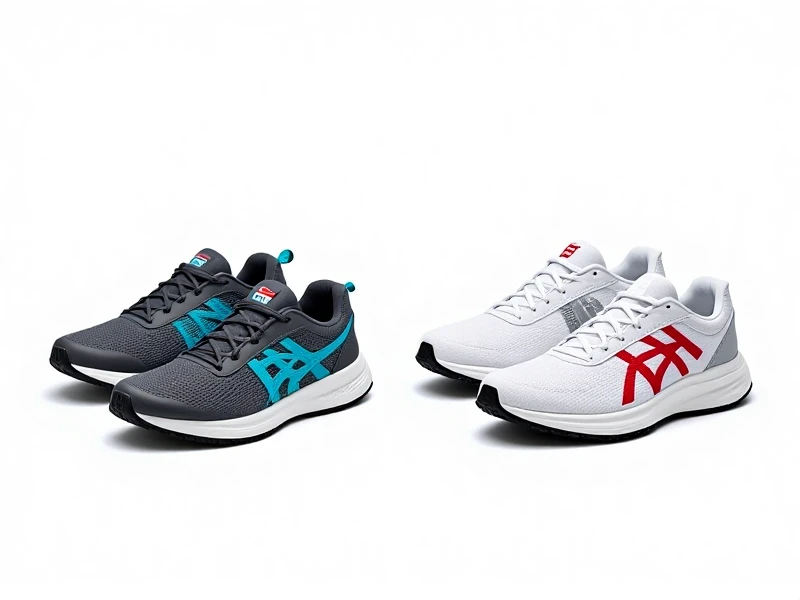
The Ultimate Guide to Finding Your Perfect Running Shoes
Choosing the right running shoes is arguably the single most important decision a runner makes. The perfect pair can elevate performance, prevent injuries, and transform your entire running experience. With countless options flooding the market – stability shoes, neutral shoes, maximal cushioning, racing flats – knowing where to start feels overwhelming. This guide simplifies the process, helping you find footwear designed specifically for your stride.
First, understand your running gait. How your foot lands and rolls through each stride (pronation) is crucial. Do you overpronate (foot rolls inward excessively), underpronate/supinate (foot rolls outward), or maintain a neutral stride? Many running stores offer gait analysis. Observing wear patterns on old running shoes also provides clues. Matching your gait to the correct support level is fundamental for comfort and injury prevention.
Next, consider your running terrain. Are you pounding pavement, tackling rugged trails, hitting the treadmill, or doing a mix? Road running shoes prioritize cushioning and durability against asphalt. Trail shoes boast aggressive outsoles for grip on mud and rocks, plus added protection. Versatile hybrid options exist, but specializing is usually better if you stick to one surface.
Cushioning level is deeply personal. Maximal cushioning absorbs impact for sore joints or long distances. Minimalist shoes promote a more natural foot motion. Traditional moderate cushioning offers a versatile balance. Think about your sensitivity to impact and desired ground-feel. Running shoes should feel protective but not disconnected.
The weight of your running shoes matters, especially if speed is a focus. Lightweight trainers and racing flats enhance turnover, while heavier models might offer more stability or durability. Match the shoe weight to your typical run intensity.
Don't neglect fit! Your foot naturally swells while running. Aim for about a thumbnail's width of space beyond your longest toe. Ensure a secure heel lock and snug (not tight) midfoot hold. Width is vital – cramped feet lead to blisters and numbness. Shop late afternoon when feet are larger and always try on running shoes with the socks you run in.
Replace your running shoes every 300-500 miles. Worn-out midsoles lose their shock absorption, increasing injury risk. Rotate between two pairs if possible; it extends shoe life and lets the cushioning rebound.
Investing time in selecting the right running shoes isn't vanity; it's essential self-care for your running journey. Prioritize fit, function, and your unique biomechanics over flashy colors. Visit a specialty running store for expert advice and try on several pairs. Your feet, joints, and running goals will thank you mile after mile. Find the perfect foundation and run stronger, longer, and pain-free.